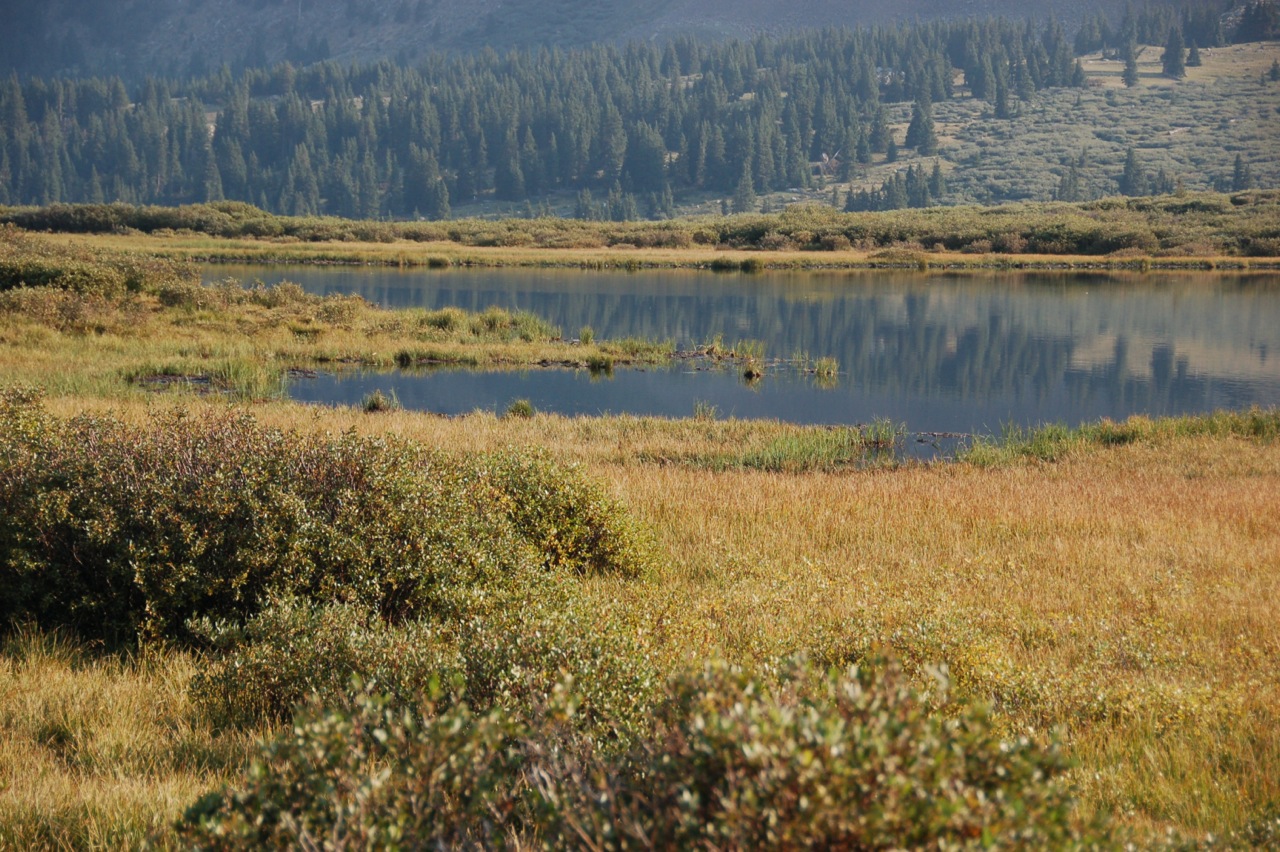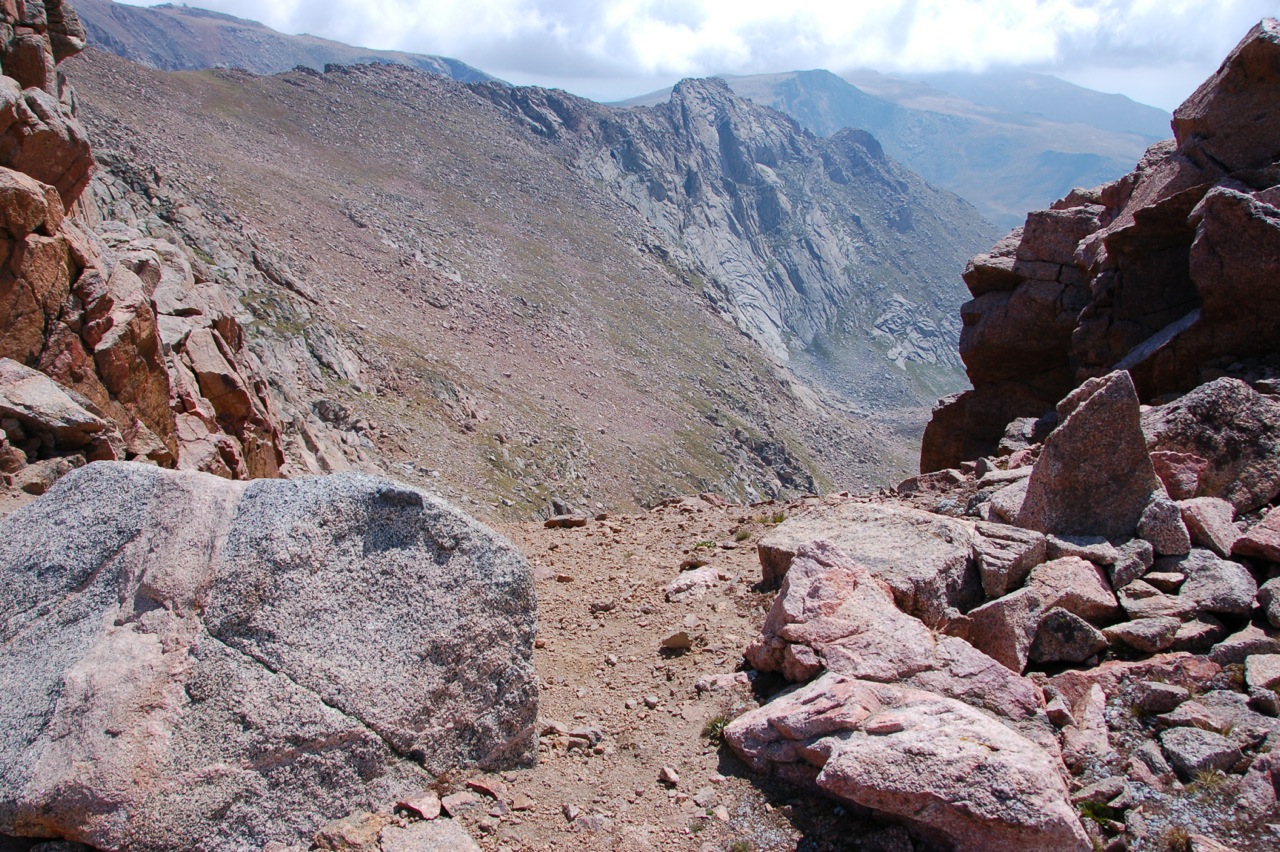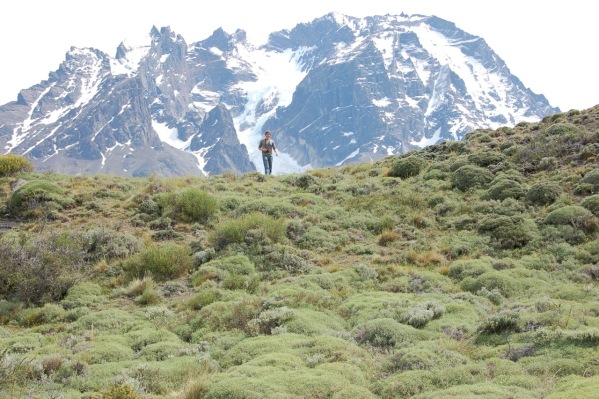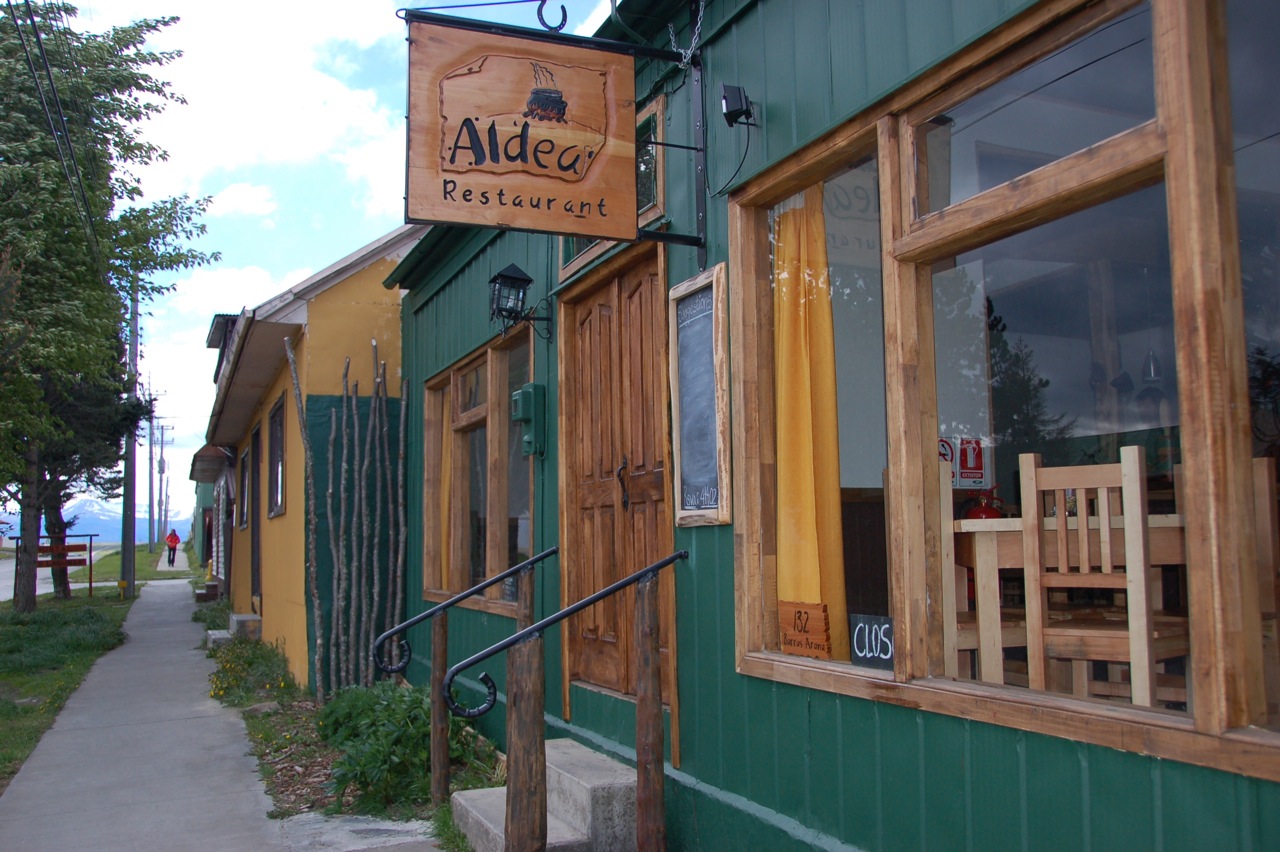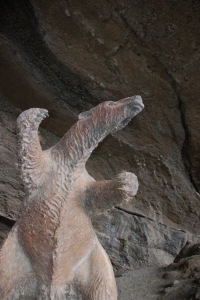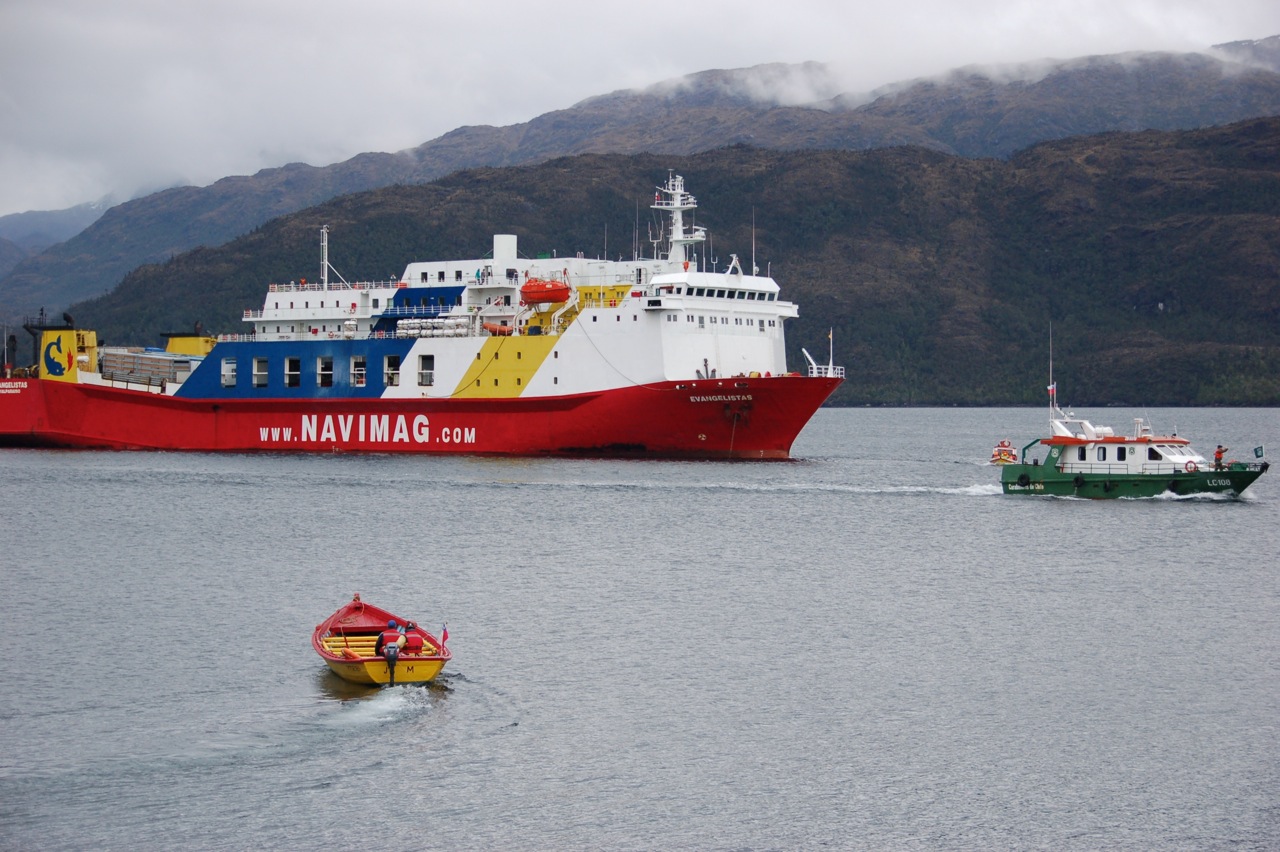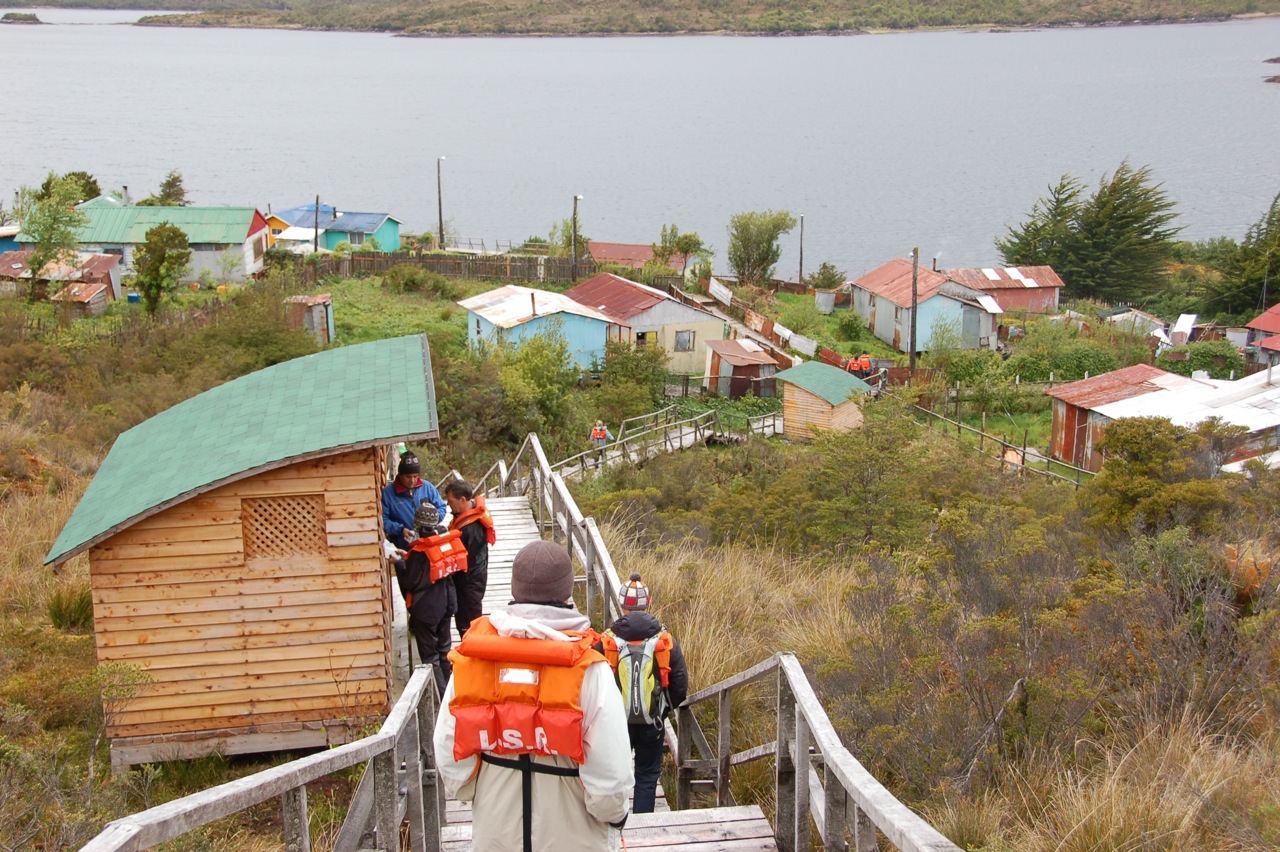August 19, 2021, The Weather Channel states that Hurricane Grace made landfall before 5 am on Thursday along the eastern Yucatan Peninsula, near Tulum, Mexico. Grace is currently bringing max wind speeds of 75 mph. The latest track from the NHC has Grace moving west across the Yucatan Peninsula into the Bay of Campeche, making another landfall in eastern Mexico at the beginning of the weekend.
August 21, 2021, the word is out amongst Gulf Coast surfers that it's time to wax their surfboards and make their way to their favorite surf spot. For me, it's Surf Side, Texas, which is an hour's drive from my house. Now's the time to check out the Surfside webcam or the South Padre Islands surf webcam if I had instead wanted to head further down south for a few days.
The Surfside webcam showed that the waves were big, breaking far out from shore with no rideable form due to the high winds blowing onshore. I knew from the past that the next day being Saturday, the winds would have backed off, and the waves would be a lot cleaner, making them more rideable. I decided to wait until about 1 pm Saturday, and off I was to see if I could still paddle out and catch some waves. The last time I had surfed was in 2013 while I was Kiteboarding in South Padre Island.
A couple of days later, Surfside was tame.
Not owning a surfboard any longer meant needing to rent a board for a few hours. Board rented; I was off to my favorite launch spot. I entered the water, hopped on the board, and to my amazement, I was paddling out thru the shore break and eventually making it to the outside where I could catch some waves. Somewhat out of breath, I spent the next twenty minutes or so straddling the board and wishing some of my old surf buddies were there to chat with while waiting for the right wave. Then my thoughts changed to remembering the many beautiful places I had surfed in my lifetime Mexico, California, Hawaii, Puerto Rico, Tortola Island, Cape Town, and South Padre Island.
Riding a wave was the best part of surfing. The second-best part of being out there was soaking up the natural beauty of mother nature, which always put me in a state of mind of total peace. Surfing the Windsurfing or kiteboarding doesn't in any way compares to the stoke that I experience riding a wave. I had a great time the 90 minutes I was out, even though my balance wasn't that great, and my rides only lasted a short while. The saddest part of a surfing day is knowing that this will be the last ride of the day due to exhaustion or that it's getting too dark to be out.
Tommy Garner















